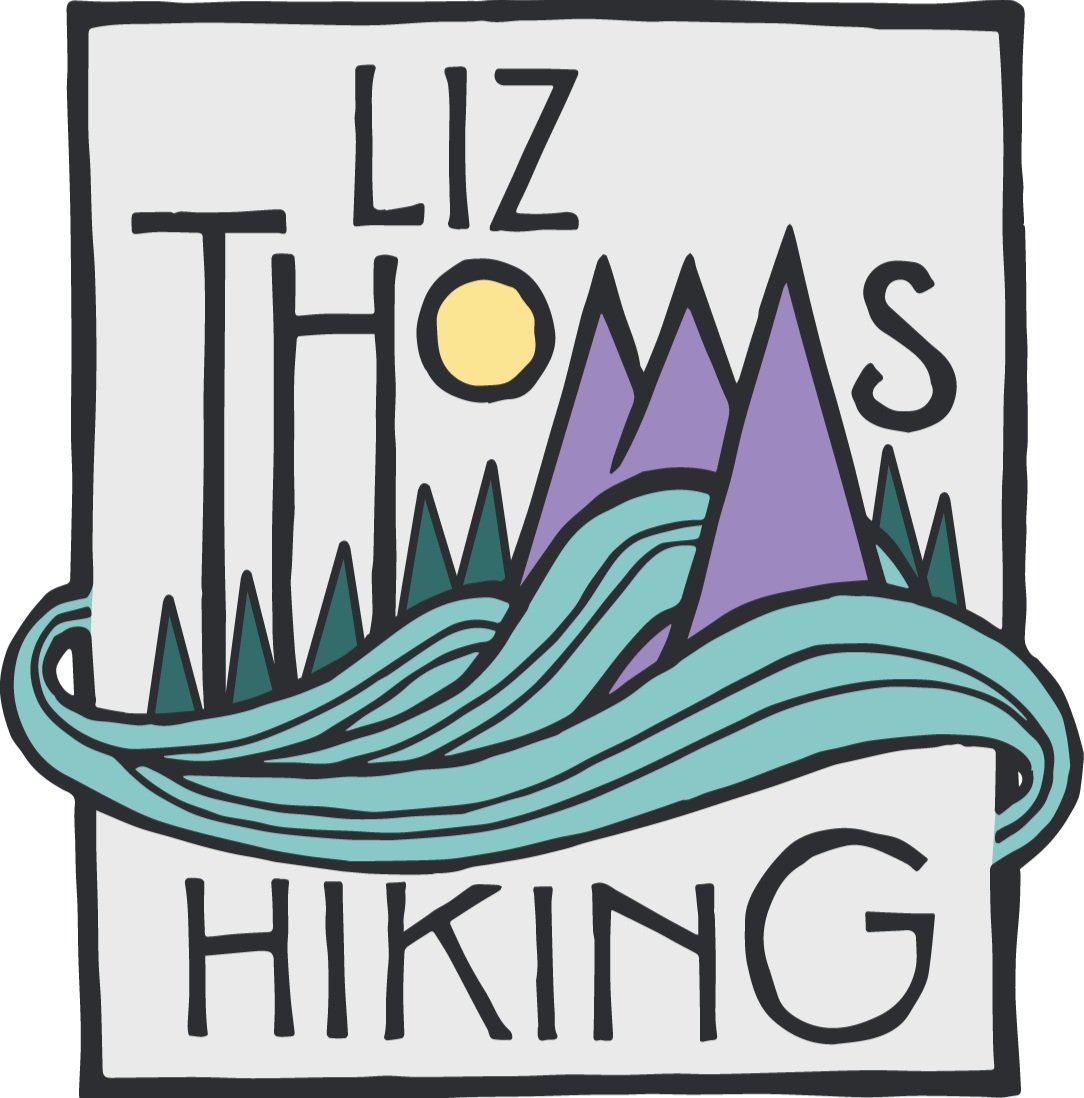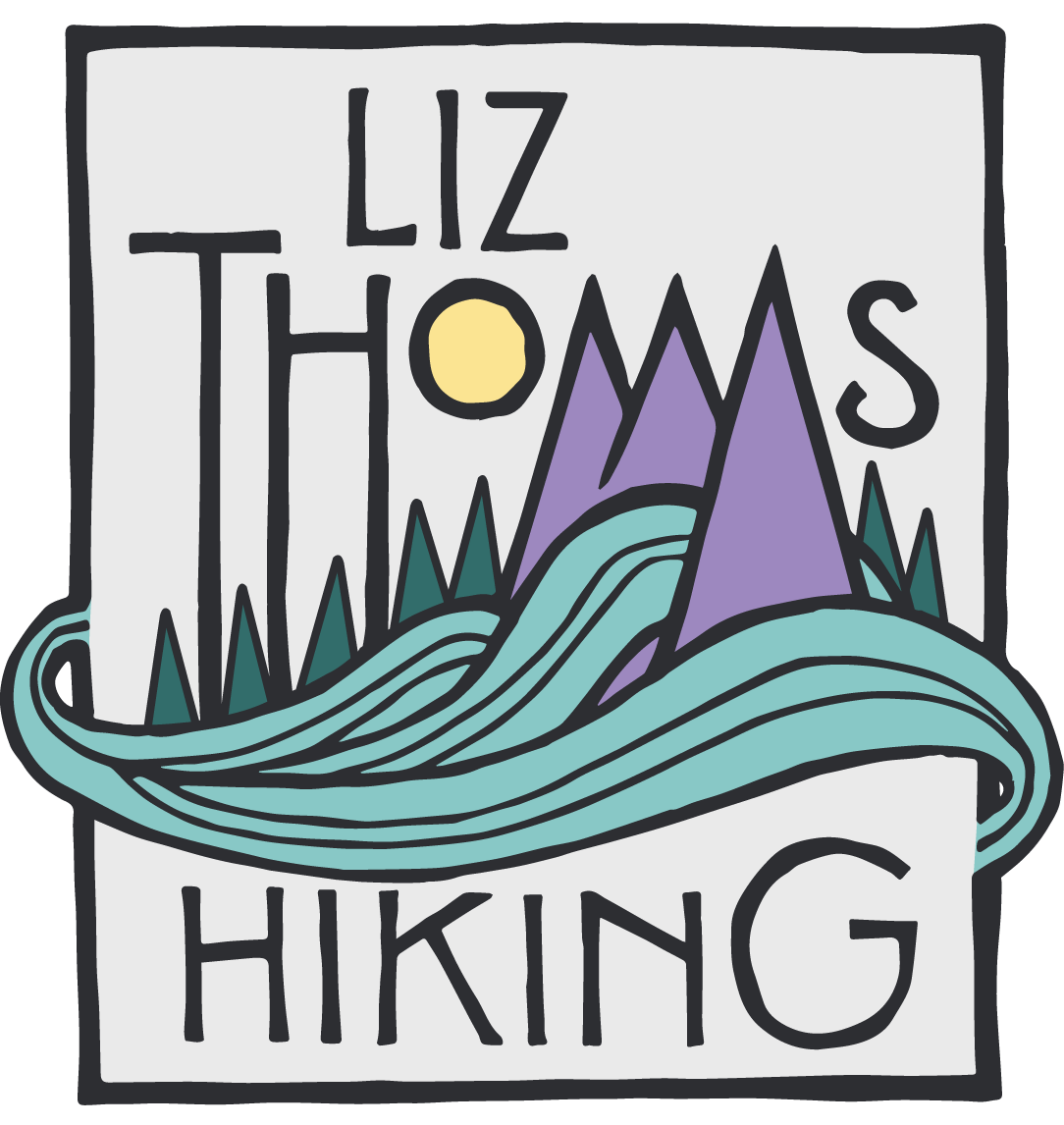Why adrenaline junkies get bored hiking
Reflecting on climbing mountains. Photo by Barefoot Jake Morrison.
I hear complaints all the time from climbers, runners, trail runners, mountaineers, mountain bikers about hiking: It’s slow. It’s repetitive. It’s boring.
In a world of FKTs, GoPros, and Snapchat, the simple beauty of hiking can be lost.
Robert Pirsig, author of a book of adventures and values “Zen and the Art of Motorcycle Maintenance” died this month. Of hiking, he said:
“Mountains should be climbed with as little effort as possible and without desire. The reality of your own nature should determine the speed. If you become restless, speed up. If you become winded, slow down. You climb the mountain in an equilibrium between restlessness and exhaustion. Then, when you’re no longer thinking ahead, each footstep isn’t just a means to an end but a unique event in itself….To live only for some future goal is shallow. It’s the sides of the mountains which sustain life, not the top.”
I think Pirsig sums up well what makes hikers odd ducks in the outdoor world. In general, we aren’t in it for speed or adrenaline. Sure—there are adrenaline filled moments when a grizzly bear is around the bend or the lightning storm comes in. And don’t get me wrong—we love to tell others those stories and relish in the highs and lows and the lessons that come from them.
But I think that’s one thing that makes hikers different than other outdoor folks. When each step becomes a thing to celebrate in itself, that’s when the beauty of hiking really shines through.
My high adrenaline days over. Just kidding. Found this abandoned snowmobile on the CDT with Ned (not pictured, who took the photo).
Many of my thru-hiking friends who have hiked the PCT and CDT dread finishing their Triple Crown on the Appalachian Trail. Without vistas and with smaller mountains, they fear that there won’t be anything to appreciate out there.
While I love the AT more than many western long distance hikers, for me, the beauty is not at the macro-scale, but at the micro-scale. It’s so steep that every step upwards is a mini-victory. Each plant, lichen, moss, rock, leaf, caterpillar, flower, and footstep becomes something to relish. Without the big views to distract, my senses become more attuned to that which is in front of me.
On a long distance hike, thinking ahead to Canada when you’re standing at the Mexican border is way too overwhelming. It makes me hurl. Well, at least get some major stomach butterflies. So on a thru-hike, unlike climbing a peak, there’s peace to be had by not thinking too much farther ahead. By living in the present.
Hiking forces us into a space where there aren’t distractions. It’s why we take long distance trips (be it by foot or motorcycle). It’s why so many leave their daily life for this pilgrimage. Because we know that there are values to be learned only through hardship and removal of distractions.
Former hiking partners (emphasis on the former) have complained that my hiking speed is inconsistent. Current hiking partners may corroborate on that one. But Pirsig’s quote helps me understand why: if my pace is somewhere between restlessness and exhaustion, it is sustainable and it is the pace the mountain gives me. I don’t try to fight the mountain by keeping a consistent pace over different terrain or different energy levels. I flow with it. It’s the pace I need to process myself. And if that angers some hiking partners, too bad for them.
Of course, philosophizing about pace and relationships with mountains is easy enough to do at a computer with a hot cup of tea by my side. But not every moment of hiking is an artful walk of peaceful meditation and mindfulness for me. Especially, if I’m 10 miles from town and there’s a burger and beer with my name on it. 🙂





